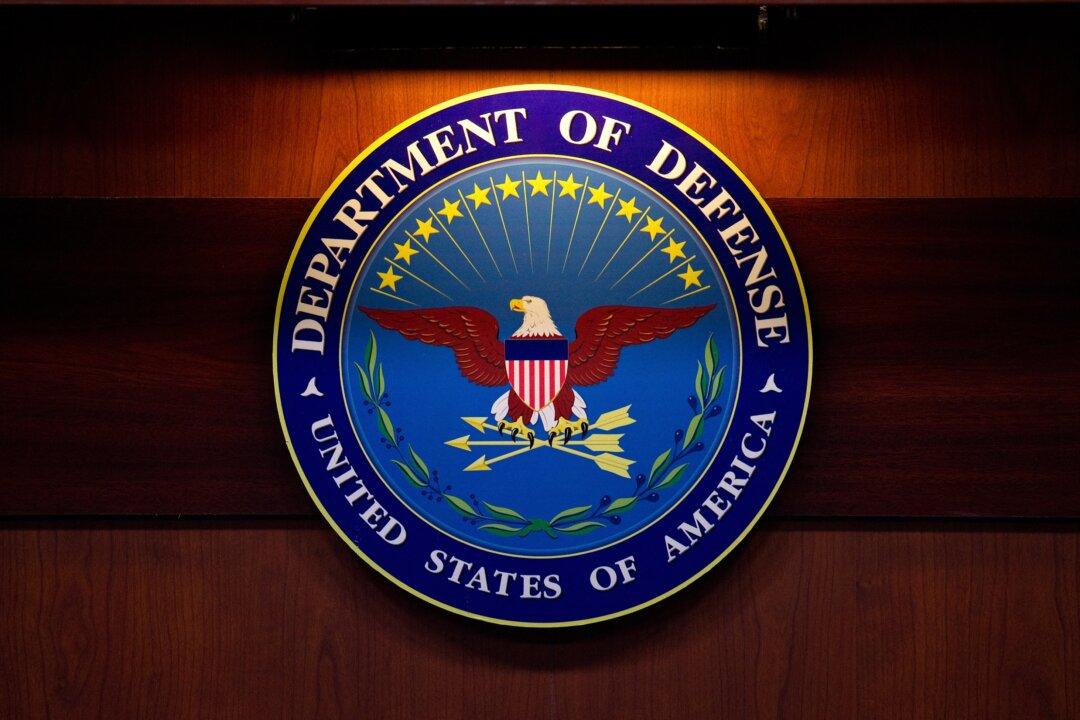Commentary
An overarching tenet for decades in the American national security planning environment was the ability for the U.S. military to simultaneously conduct two-and-a-half major regional conflicts (MRCs).

An overarching tenet for decades in the American national security planning environment was the ability for the U.S. military to simultaneously conduct two-and-a-half major regional conflicts (MRCs).